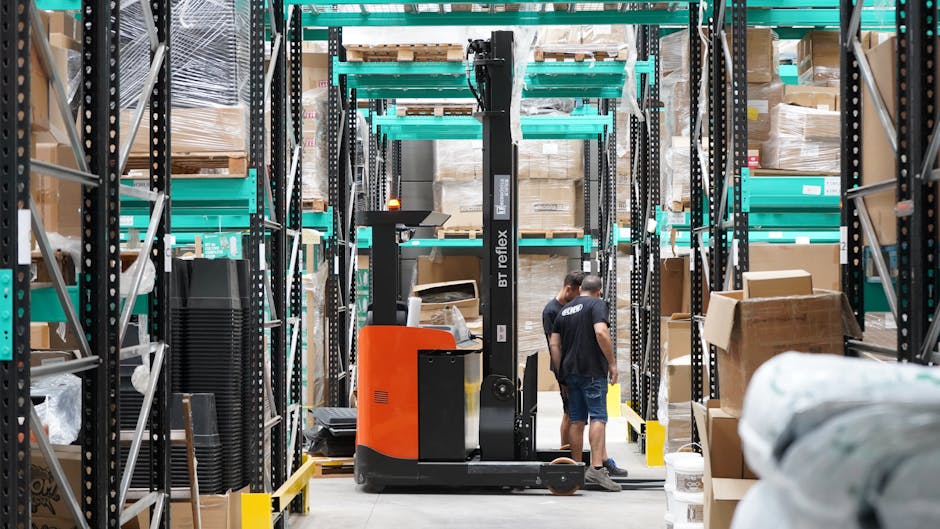
It's no secret—if you're a manufacturer serving both wholesale channels and end customers, your supply chain never slows down. Direct-to-consumer (D2C) fulfillment comes with tight shipping demands. Platforms like Shopify and BigCommerce are pushing you to rethink traditional B2B EDI integration. Now you need data moving fast and clean both ways, with compliance, lower operational costs, and zero headaches for your IT crew.
There’s no room for slow, error-prone processes when you're juggling retail partners, D2C orders, third-party logistics, and real-time inventory updates. If you’re reading this, you probably feel the friction—manual data entry, mismatched documents, surprise mailbox fees, message fees, and setup fees. Guess what? You can break that cycle.
You know EDI is the backbone for big-box compliance. But now it’s also essential for operating your Shopify or BigCommerce storefronts with wholesale-level reliability, letting you:

You need to clarify what’s non-negotiable for your business. Is the goal rapid ship confirmations for B2B buyers? Automated D2C order acknowledgements? Make a list of high-priority EDI documents you can't live without—think POs (850s), ASNs (856s), invoices (810s), inventory updates (846s), and return authorizations.
Your Shopify or BigCommerce stores generate data in their own format—orders, customer addresses, SKUs, and fulfillment status updates. Those need to be translated, mapped, and reformatted to standard EDI transactions for each partner or retailer. We recommend plotting out each workflow before integrating anything:
You’ve got choices. Most manufacturers need flexibility and security with support for protocols like AS2, SFTP, HTTP(S), and API integrations—something every EDI veteran has wrestled with. If you're using an EDI VAN (Value-Added Network), make sure it offers:
With the right EDI partner, you don’t need to contact every retail or logistics partner about your tech changes. You just connect your endpoints, approve mapping, and go live.

This isn’t just checkbox compliance—it's your cash flow and customer experience at stake. After mapping, run test orders and shipments end-to-end. Confirm Shopify/BigCommerce exports match up with your ERP and that acknowledgements, inventory updates, and ship notices all flow back correctly. Look for tools that give you:
If you’re moving significant D2C volume, EDI isn’t just about the retailer anymore. Automate the export of D2C order files to your warehouse or 3PL. Ensure shipment confirmations, tracking numbers, and returns all flow back to the customer in real time. Seasonal peaks will be less stressful—and your support inbox will be a lot lighter.
You want to get it right from the start. Here are some proven practices:
If you're interested in deeper EDI-ERP strategies, check out API Connectivity and Data Governance for EDI-ERP Integration for actionable tips.
Once you’ve got the basics flowing, focus on scaling up and tightening security. As your business grows, look for:

If you want more EDI tips and onboarding best practices, our trading partner onboarding guide is loaded with advice for manufacturers going digital-first.
You’ve got enough on your plate managing production, inventory, and customer expectations. Modern EDI integration with Shopify, BigCommerce, and D2C channels can free up your team, reduce costs, and help you scale—without the frustration of endless change fees or compliance worries. Don’t settle for old-school friction. If you’re ready to see smoother operations, cost transparency, and data automation working for you—not against you—start a conversation with us at BOLD VAN.

Tired of Oracle EDI chargebacks? Automate your order flow, eliminate manual data entry, and cut painful transaction fees. See how seamless Oracle integration can slash costs by up to 83%. Zero mailbox fees.

Eliminate retailer chargebacks and modernize legacy EDI without downtime. A guide for CPG distributors on risk-free migration, automation, and protecting margins.

Stop chargebacks on 850, 855, 856 & 810 transactions. Learn why EDI accuracy is a CFO issue and how automated validation helps you eliminate fines and protect margins.